
The PLA Soldier: The Man Behind The Machine

When the South China Morning Post wrote a rather surprising piece on the new selection criteria for PLA recruits, one particular condition – “Any applicant – even for non-combat positions – who cannot stand the sight of blood would be rejected”[1] was particularly of interest. When did the PLA soldier last shed blood? And when was the last time body bags went home to the mainland? The obvious answer is the Galwan clash of June 2020. Indeed, it appears that the sight of blood and gore has been huge and the loss of life plenty, for it to impact the psyche of the world’s largest military. More importantly, it speaks of the quality and mettle of the PLA soldier today.
Let us take a very basic unit – the rifle section of an infantry unit or a gun detachment of an artillery regiment or even a tank crew of a tank battalion in the PLA. Between 350,000-400,000 recruits in the PLA are turned over every year, out of a total of 700,000 or about 35% of the PLA. Thus, at the cutting edge, one third of the basic unit is recruits of which about a fifth or 18-20% are pure greenhorns, since the recruitment happens twice a year. So, when we look at a rifle section, with two automatic weapons and a grenade launcher, the riflemen or the physical assault force generated is of 3-4 men, almost all of whom are recruits and greenhorns. It gets worse for technical and sophisticated weaponry like tanks and missiles where the crew has to be seasoned, competent, battle inoculated and battle hardened. That explains the predicament of PLA Commanders today – a very detailed and busy training calendar which starts with the annual signed training directive issued under Xi Jinping’s signatures and ending with joint exercises by each Theatre Command.
But back to the PLA soldier.
Joining the PLA has never been a popular career choice for the youth in China. As China has progressed, so have the aspirations of its people. Blue and white collared jobs are preferred to fatigues any time. Even though it is mandatory to register with the local National Defence Mobilisation Committee office on turning 18, there is no conscription in the literal sense, simply because the numbers are large and the youth as well as the authorities have alternatives, more so after the downsizing in the PLA. The issue that concerns the leadership is the quality of recruits. In fact, Xi Jinping himself, aside from other CMC leaders, have time and again expressed their reservations on the quality intake of recruits. In 2019 he underlined “the need to cultivate a new type of high quality and professional military personnel” who are “competent, professional, and possess both integrity and ability.” It was an acceptance that they were not.
The peculiarities of terrain extract a huge demand on the quality of the soldier – physically, psychologically, professionally. The Han are essentially from the plains and find it extremely difficult to adjust to the extremities of climate along the LAC. After the standoff in Ladakh, which is underway since April 2020, there is a realisation for the need to induct local Tibetans to be deployed to defend the borders along the LAC with India. Noted analyst Brahma Chellaney tweeted (22 Jul,2021) that:
“China’s coercing of Tibetan families to let the PLA induct at least one of their sons in its new military units against India is an admission that Han Chinese soldiers need to be better trained for high-altitude warfare, as the border clashes have shown.”
This is a challenge for the bulk of the PLA’s offensive forces of the Western Theatre Command which are stationed in the plains, viz, 76 and 77 Group Armies. These offensive units are of Han stock, accustomed to living in the plains, mentally and psychologically weak to take to fighting in extreme weather and climate with barely any acclimatisation, experience or battle inoculation. In fact, prepositioning of these Corps or their units in high altitude areas is a dead giveaway of intent, a fact that the Indian Army has been closely monitoring over decades.
The other challenge is continuity. The PLA has inducted a slew of new weapons into the theatre in recent years – The Type 15 Light tank, PLZ-07 122mm How, ZTL- 11 ICV, PCL 181 155mm How, Z-20 helicopter, GJ-2 armed drone etc. All these are new, sophisticated and modern equipment that need trained crews, instructors and staff to be operationally serviceable, maintained and repaired under challenging conditions. This calls for a huge responsibility on the PLA’s NCO Corps which are the backbone of the PLA. While PLA units have the advantage of serving in one location permanently, it’s the conscripts and the normal turnover of up to 1/4th of the strength every year seriously impacts the professional capabilities of a well-trained battalion. The recent example of rookie Russian soldiers being used as cannon fodder in the Ukrainian war, their abject failure physically, psychologically and professionally was telling on the Russian Army’s initial debacle in Ukraine. It has taken a full six months to bring in new recruits, train them over three months and then induct them post winter into the war zone. Since the PLA draws its roots, organisation, structures, tactics and equipment largely from the Russian military, there is much for the PLA’s higher Commanders to learn and repair from the lessons of the Ukrainian war. There are already reports from Chinese military websites that the PLA is reviewing the Combined Arms Brigade (CAB) restructuring and reviewing the need to Division sized forces after the Russian experience in Ukraine.
With technology comes the need for talent. The PLA has been attempting multiple ways of attracting talent for its new generation of equipment particularly technology heavy services like the PLA Strategic Support Force and the PLA Rocket Force. In 2016, the Central Military Commission took a decision to allot 16 percent additional vacancies to space intelligence, radar technology, and drones; 14 percent for aviation, missile, and maritime fields at the cost of reducing 24 percent vacancies in traditional units like infantry, artillery, and logistics. Yet retention figures suggest that PLA youth are hesitant to volunteer for retention beyond the stipulated two years.
Perhaps the immediate fallout of the Ukrainian war has been the release on 1 April 2023 of the Order No. 759, The revised “Regulations on Conscription Work” which will come into force on May 1, 2023. This lays down the processes for registration, recruitment, selection, rejection, mobilisation and deployment of conscripts all across China. Essentially the responsibility has now been fully divested to the Ministry of National Défense and the Central Military Commission thereby centralising control and ensuring quality and standards of recruits, as a fall out of the alarming reports of psychological and physical deficiencies observed in the intake of recruits in recent years.
I have argued earlier that the PLA has to review its policy of mechanisation against the battle-hardened Indian Army which has been fighting and manning borders continuously for the last 75 years. Over reliance on firepower is a compulsion for the PLA because it lacks trained, motivated and hardened soldiers. Gone are the days when the PLA could afford to accept over 100,000 casualties in the Korean war of 1950-53 or over 60,000 casualties in the Vietnam war of 1979. In fact, in the recent Galwan clash in 2020, the PLA was forced to accept just four killed although it was widely reported that the figure was 43 or more. The proclivity to accept body bags is almost zero as it severely damages the cult of invincibility that has been built by the Party around the PLA. Article 13 of the revised regulations expressly lays down selection criteria as ; firstly, Support the Constitution of the People’s Republic of China, the leadership of the Communist Party of China and the socialist system; secondly, Love national defence and the army, abide by discipline and law, and have good political qualities and moral conduct; thirdly, Complying with the collection age stipulated by law; fourthly, Possess the physical condition, psychological quality and educational level to perform the duties of the military post; fifthly, Other conditions stipulated by law.[2] These are clear indications that the PLA is grappling with quality of recruits into the military. That puts a huge question on the motivation, skill, reliability and mental toughness of the PLA recruit. The Russians, and even the Ukrainians, are struggling with this reality.
Ultimately, even the best technology and best weapons are of little use if the man behind the machine is professionally weak, incompetent and lacks the motivation to sacrifice his life for his country. This is the major lesson from the Russia-Ukraine war. The PLA elite realise this and are continuously finding solutions to resolve this problem. Till then, a decision to go to war in the Himalayas will be a challenge for the Chinese leadership.
********************************************************************************************************************
Reference:
[1] Liu Zhen, “Chinese military relaxes physical rules for non-combat, hi-tech troops. But there’s a catch”, SCMP, 2 Apr 2023.
[2] Para 13 of the Second Amendment of Order No. 759 of the Central Military Commission of the People’s Republic of China available in the People’s Daily (10th Edition, April 13, 2023). The revised “Regulations on Conscription Work” is hereby promulgated and will come into force on May 1, 2023.
Disclaimer
The opinions expressed in this article are the author’s own and do not reflect the views of Chanakya Forum. All information provided in this article including timeliness, completeness, accuracy, suitability or validity of information referenced therein, is the sole responsibility of the author. www.chanakyaforum.com does not assume any responsibility for the same.
Chanakya Forum is now on . Click here to join our channel (@ChanakyaForum) and stay updated with the latest headlines and articles.
Important
We work round the clock to bring you the finest articles and updates from around the world. There is a team that works tirelessly to ensure that you have a seamless reading experience. But all this costs money. Please support us so that we keep doing what we do best. Happy Reading
Support Us



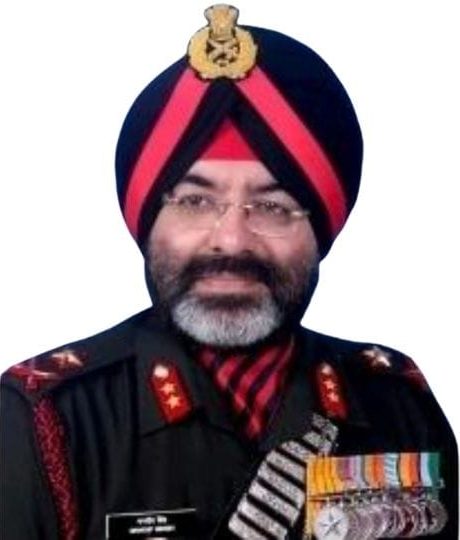


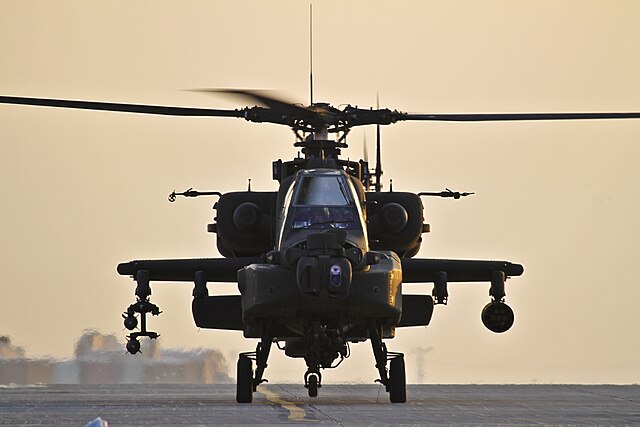

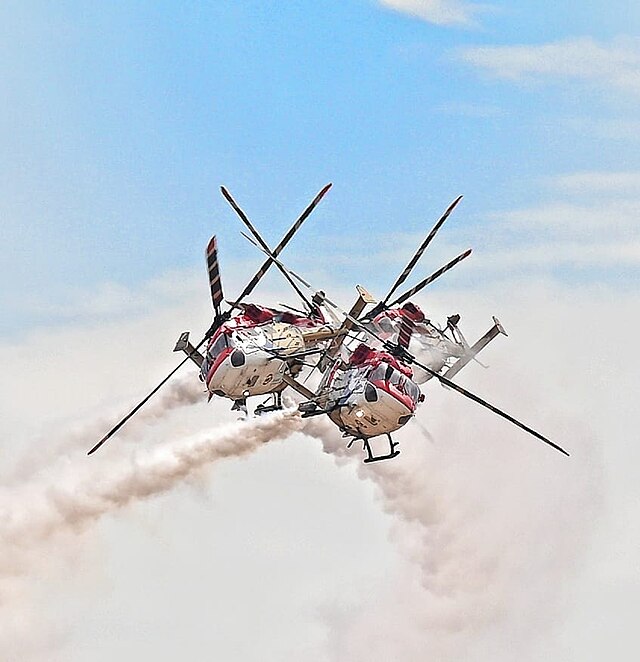
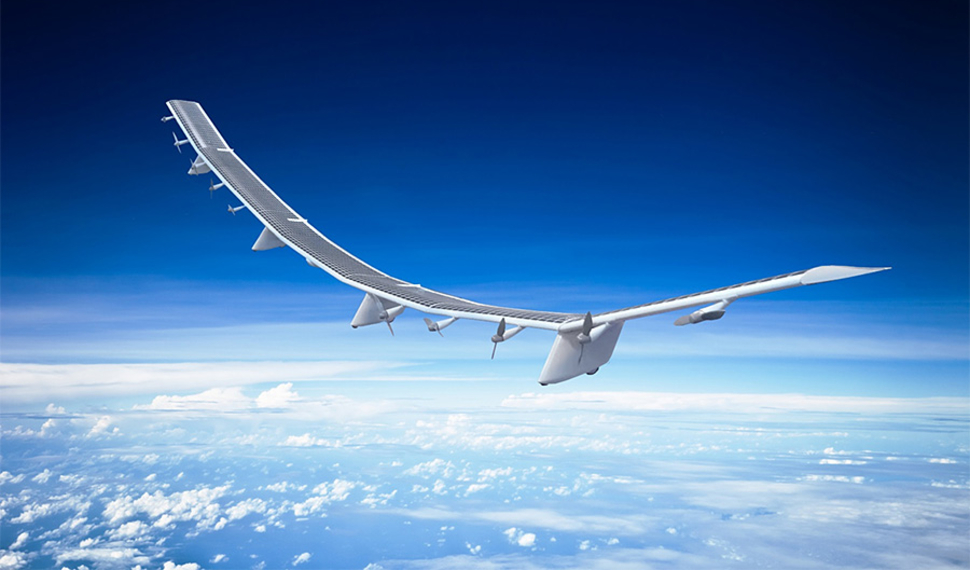


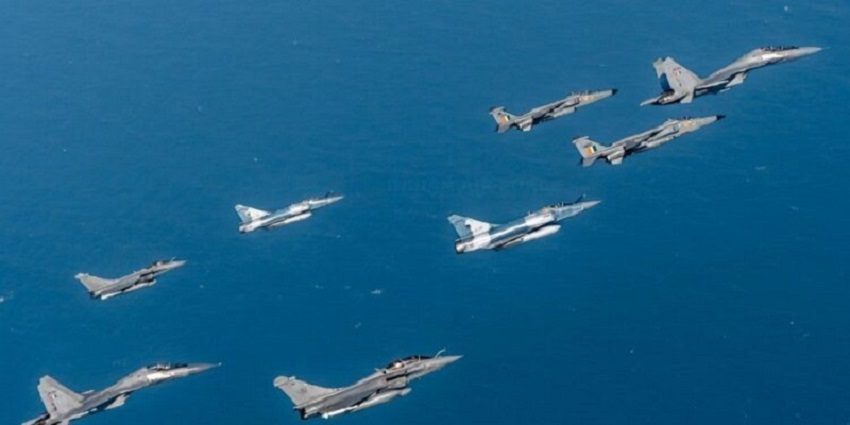
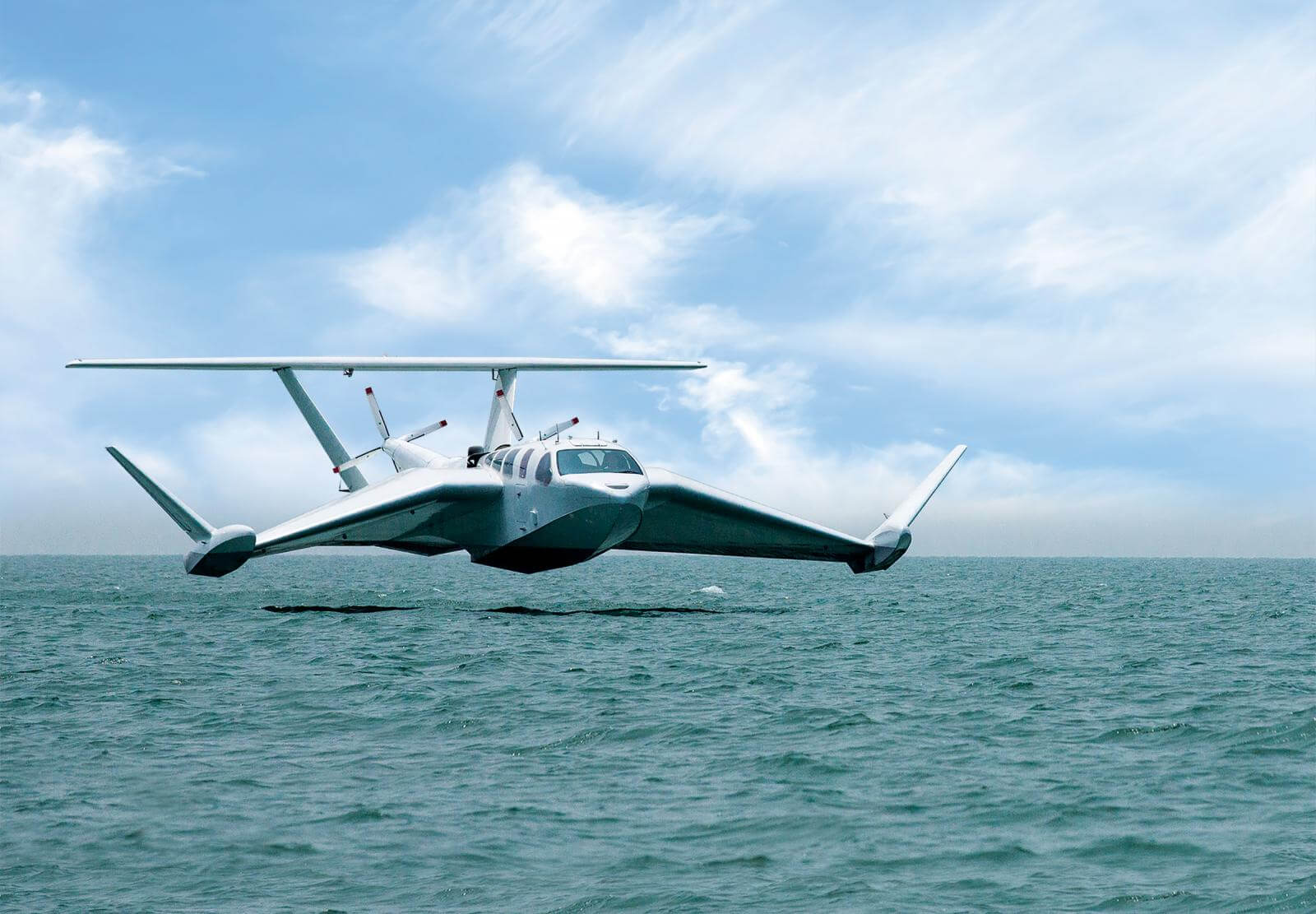







POST COMMENTS (4)
Col R Hariharan
Brig Prabir Goswami
Sanjeev Kumar
Pradeep narayanan